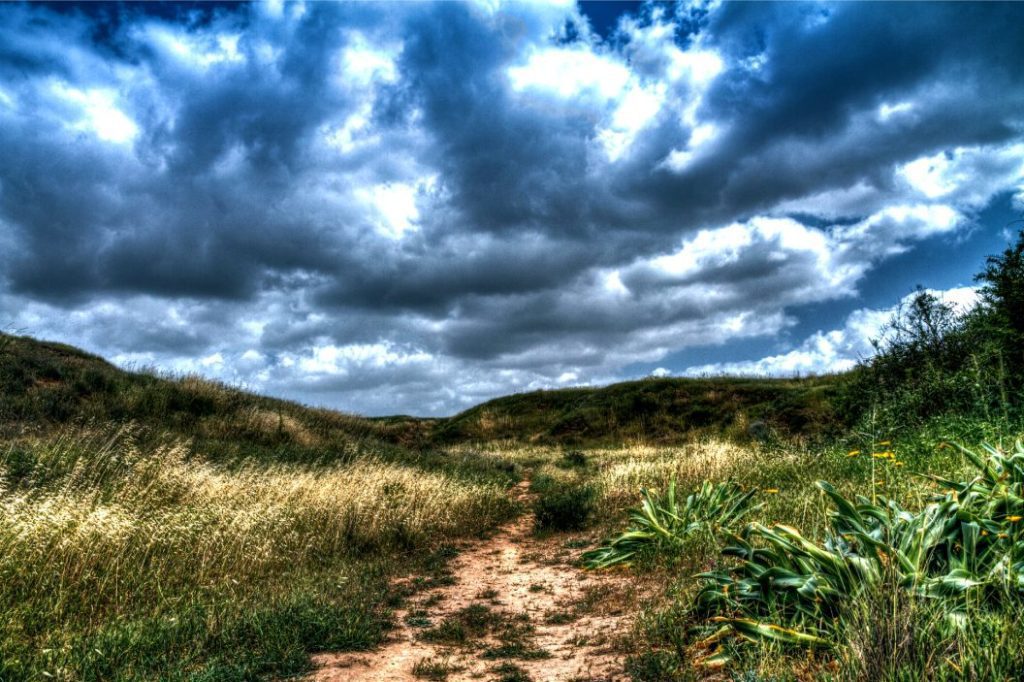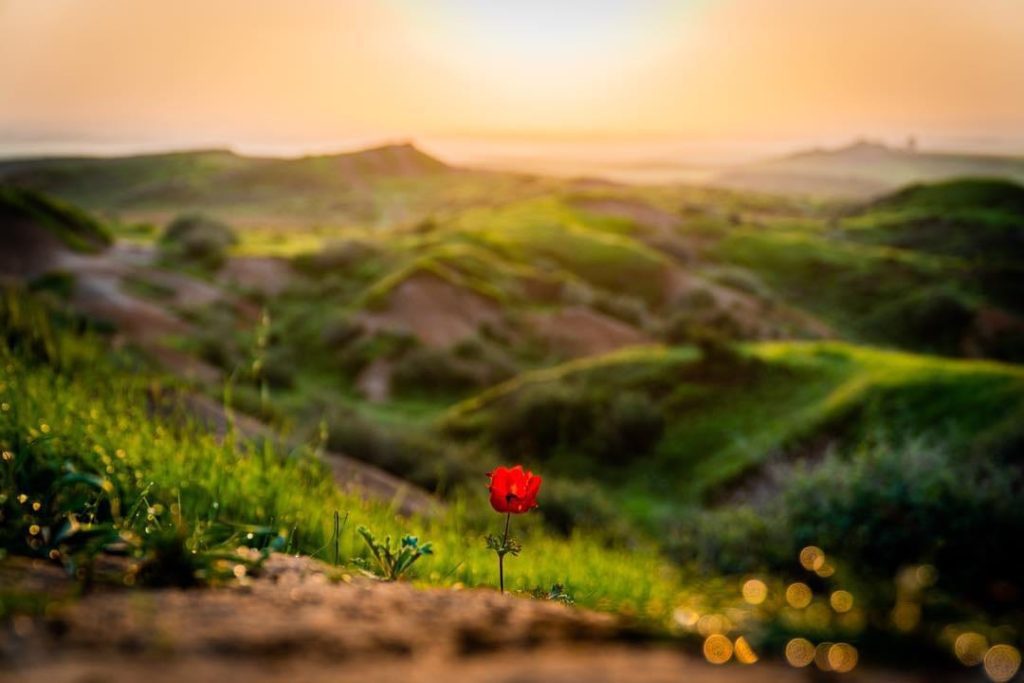Ruhama Badlands (Bitronot Ruhama) is called by many Israelis ‘Little Tuscany’! And is perhaps one of the most accurate descriptions of Ruhama Badlands Nature Reserve. This especially true in the winter season! Then the hills are all green; beautiful blooms of anemones and irises, and a landscape as if taken from a movie. Today it is a nature reserve in the area of Kibbutz Ruhama in the Negev Desert. The area declared a nature reserve includes two non-contiguous areas, east, and west of the kibbutz.
So the eastern nature reserve is characterized by a landscape of badlands; while the western side is characterized by a kurkar ridge. You can spot it south of Road 334. Opposite the western block of the reserve, another nature reserve is currently offered. A few kilometers north of the reserve is Nahal Shikma, and east of it is a Pura Nature Reserve.
The areas around Kibbutz Ruhama, the first Hebrew settlement established in the Negev, were declared a nature reserve. It is nice to walk Ruhama Badlands all year round, especially in February, when the area is covered with spectacular Windflowers (anemone) in full bloom.
The reserve protects the area of different winter streams like Ruhama stream; Dorot Stream and other tributaries of Shikma Stream. These seasonal streams dug into the loess soil and created badlands terrain in a relatively flat area, exposing the kurkar below the loess stratum.
More About Ruhama Badlands (Bitronot Ruhama)
So Ruhama Hills are a remnant of the easternmost kurkar ridge in the western Negev plains. The entire area is covered with soft loess soil that is sealed to water after it gets some precipitation. The alluvial water collapses the loess soil at the edges of the channels and sweeps away the terrain; which creates the phenomenon typical of the area called Badlands. Furthermore, the uniqueness of the Ruhama Nature Reserve is that at the height peaks in the area, the kurkar ridge was exposed; which in all other places is covered by a thick layer of loess. The unique type of soil allows for a rare encounter between different plant societies, thus creating many and varied botanical species.
While in bloom (February), the area is covered with red flowering carpets of Windflowers (anemones) followed by Persian Buttercup. Many wildflowers are added to the windflowers! For example, Eastern Groundsel; cruciferous and butterflies, and more rare flowers such as Tulipa agenesis, Iris Palestina, Bee Orchids, and Orchids. When summer hits parts of the reserve are covered with chrysanthemums that mark the beginning of the dry season. On the kurkar ridge, diverse vegetation grows, including many perennial shrubs, some of which come from the desert areas of the Negev. For example, the Shaggy sparrow-wort and Pink sun-rose (Helianthemum vesicarium).



